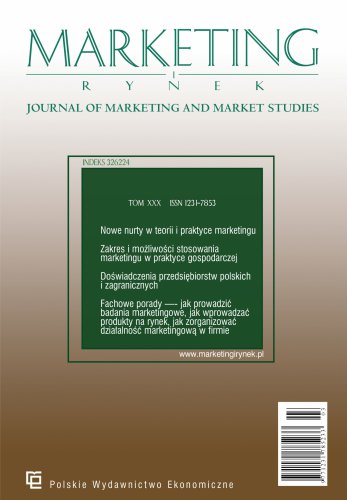This article discusses a rarely explored relationship in the global literature, which is the influence of selected factors on consumer activity in social media (usually the inverse relationship, that is the influence of social media on consumer behaviour, is studied). This article has an empirical character and is based on the results of original research. The main objective of this study is to determine the significance and strength of the influence of three selected factors: status, sources of knowledge, and brand loyalty on the level of user activity related to photographic equipment in social media. This article presents the results of survey research conducted in 2023 among 399 users of photographic equipment, which were analysed by dividing them into two groups: amateurs and professionals. Regression analysis using Poisson log-linear regression was used to investigate the relationships. The analyses conducted indicate that professional photographers exhibit higher levels of activity on social media than amateurs. Furthermore, knowledge about photographic equipment obtained from the internet, especially from social media, is not a significant factor stimulating high activity in these media. On the other hand, brand loyalty translates into high social media activity, but only in the amateur group. The conclusions drawn from this research can be extremely useful for businesses seeking to build relationships with their customers, encouraging them to become more engaged as prosumers, brand ambassadors, opinion leaders, or microinfluencers.
Keywords: social media; sources of knowledge; brand loyalty; photography

